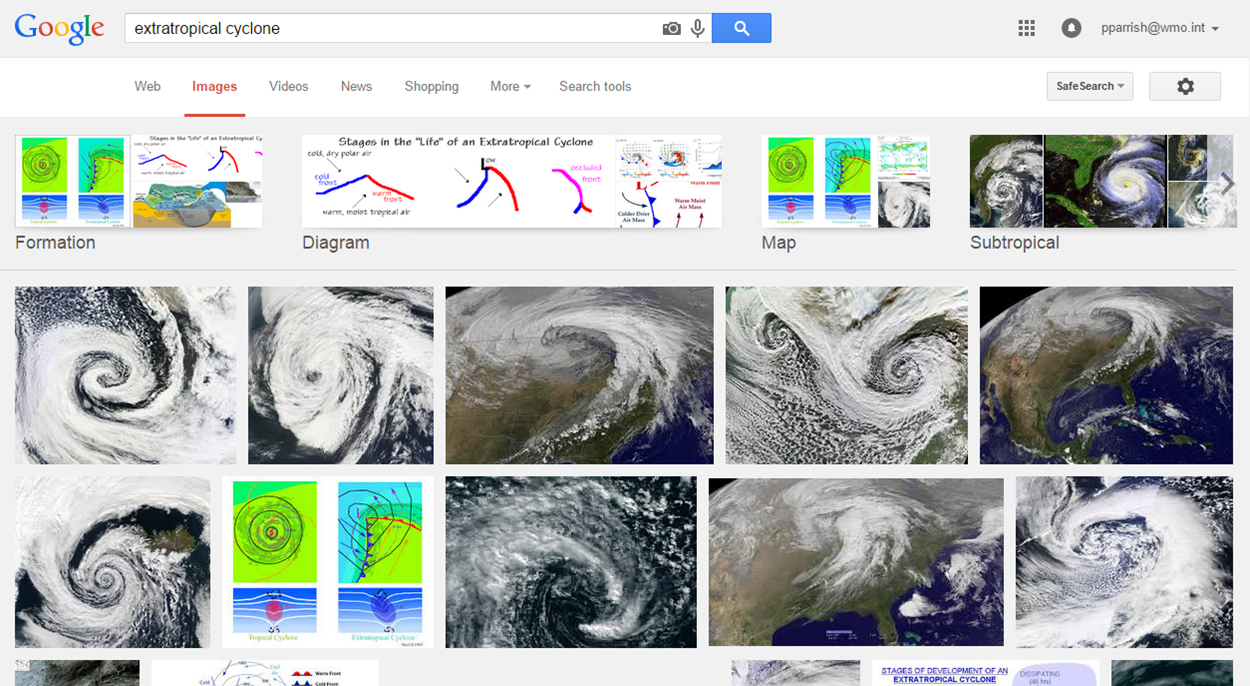Providing Learning Resources
Introduction to Unit 2
2. Sources of learning resources

Gathering the learning resources for a course can consume a lot of time. Once you have established the learning needs and know the learning outcomes you want to achieve, you will either look for existing resources or decide to create your own. The resources will not stand on their own, of course, and you will frequently need to develop accompany practice exercises, test items, or examples that help to make them locally relevant.
Existing resources
You might use existing resources predetermined by your institution or used in past course offerings. But if the course is new or in need of revision, you must decide which resources are best, sufficiently up-to-date, and do the best job of explaining what students need to know. Criteria for choosing resources are explored in 3 Evaluating and selecting existing resources.
New resources
Some teachers decide to create their own resources when existing resources are not available or not right for their learners. Perhaps they aren't relevant, not at the right level, not in the right language, or not appropriate for the region. Some teachers want to provide learning resources that reflect their own viewpoints or explain the content the ways they have decided work best for their students. Some teachers create their own resources because this encourages them to learn more deeply themselves. The decision to create custom resources must be made carefully due to the time it takes, and 4 Creating new resources describes some steps in the process.
Collaborative resources
Finally, some teachers want to apply constructivist approaches to engage students in the process of developing collaborative resources rather than ones provided by the teacher. This approach is also possible in Moodle, and 5 Collaborative resources discusses considerations.
